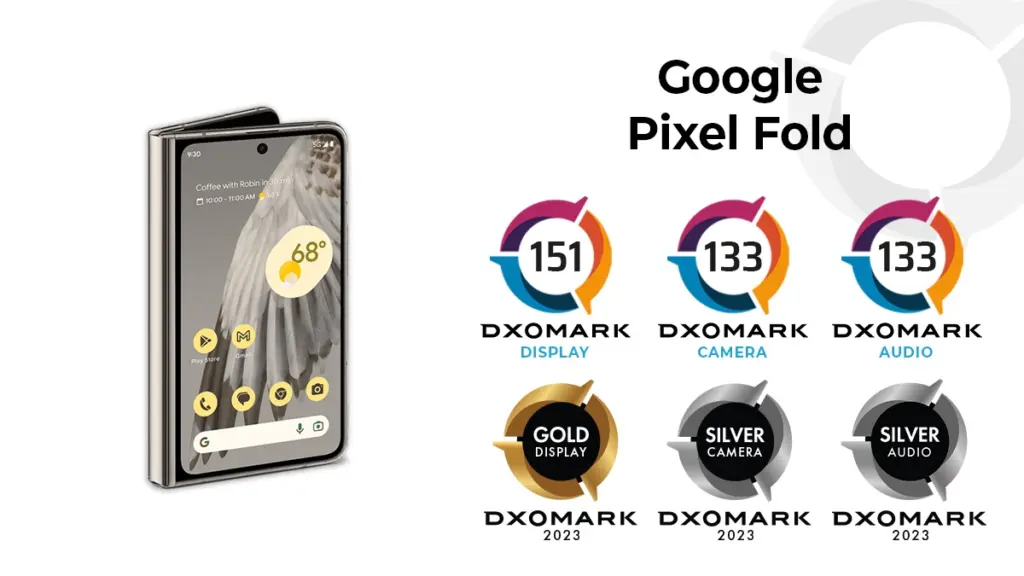Google’s Pixel Fold has excelled in recent Dxomark testing, leading all devices in both the ultra-premium segment and across the overall database. With its 7.6-inch OLED display, a resolution of 1840 x 2208 pixels, a 6:5 aspect ratio, and a refresh rate of 120 Hz, the Pixel Fold demonstrated superior performance across multiple testing criteria.

Scoring high on readability, color, video, and touch, the device notched up impressive scores of 158, 163, 157, and 150 respectively in these categories. However, the results for motion and artifacts were relatively lower, at 133 and 120. The Pixel Fold showed adept color rendering in different lighting conditions, managing HDR10 video well, and controlling brightness effectively under most tested situations.
A few shortcomings were also observed, including a dip in brightness in outdoor settings after a few minutes, and a lack of smoothness in web browsing. An unusual ‘jello effect’ was observed as well, marked by a lag between the right and left sides of the display, causing content to appear slightly distorted.
But, the Pixel Fold performed admirably when half-folded, showcasing limited color shifts at angles below 30° and maintaining 75% of on-axis brightness at 60°. Despite the visibility of the fold’s crease in bright environments and decreased readability in sunny conditions when the high brightness mode turned off, these issues were somewhat offset by the device’s overall performance.
With its high-quality display and efficient handling of foldable-specific aspects, the Google Pixel Fold is setting a new standard in the realm of foldable devices. Its performance, though not without limitations, presents a promising outlook for the future of foldable technology.

